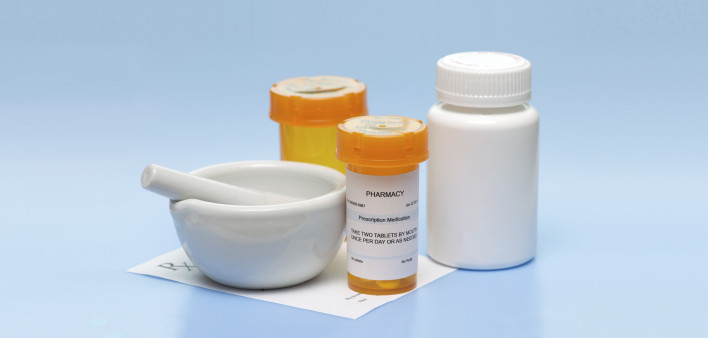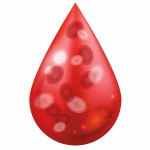Hepatitis C virus (HCV) treatment is easier and shorter than ever before, and the vast majority of people can be cured with a brief course of combination antiviral therapy.
In the past, hepatitis C treatment using pegylated interferon and ribavirin required weekly injections for six months to a year, caused difficult side effects including flu-like symptoms, depression and anemia, and only cured about half of treated patients.
Today, modern direct-acting antiviral (DAA) therapy usually involves one pill once daily, usually for two or three months. The medications are generally well tolerated, and more than 90% of treated people achieve a sustained virological response (SVR), meaning continued undetectable virus 12 or 24 months after completing therapy.
Given the difficulties of interferon-based therapy and the high cost of DAA therapy when it was first introduced, treatment has too often been limited to people with advanced liver disease, administered only by liver specialists and withheld from people who continued to use drugs or alcohol. What’s more, many experts favored delaying treatment of acute HCV infection for six months to see whether patients would spontaneously clear the virus.
But now, the American Association for the Study of Liver Diseases and the Infectious Diseases Society of America recommend DAA treatment for almost everyone with active acute or chronic HCV infection, meaning they have a positive HCV RNA test after an antibody test. The exception is people with a short life expectancy that would not be extended by treating hepatitis C. Studies have shown that people who use drugs, people experiencing homelessness and others who were once considered too difficult to treat can respond well to antiviral therapy.
DAA regimens include at least two antivirals. Combining medications from different drug classes prevents the development of resistance. Click here for a list of available medications for hepatitis C.
Early DAA therapy could be complex, as the selection of an appropriate regimen depended on a number of factors, including HCV genotype, viral load, extent of liver damage, comorbidities, prior treatment history and drug resistance.
Today, treatment is generally straightforward for people being treated for the first time who have no cirrhosis or compensated cirrhosis. Most people can use “pangenotypic” regimens that work regardless of HCV genotype. Patients who have used certain DAAs in the past and those with decompensated cirrhosis may need longer treatment or additional drugs. But even people with advanced liver disease, liver transplant recipients and those with prior unsuccessful treatment can usually be cured.
People who achieve a sustained virological response after finishing treatment are considered cured. People with sustained undetectable viral load cannot transmit HCV to others. The chances of viral rebound 12 weeks or more after clearing the virus are near zero. However, people who are cured will continue to test positive for HCV antibodies, which shows that they were infected at some point in their life.
Unlike some infections, HCV does not confer long-lasting immunity—and there is no vaccine for hepatitis C—so it is possible to acquire the virus again. Therefore, it is important to take precautions to avoid reinfection.
Hepatitis C treatment that leads to a cure can slow or halt liver disease progression, but it does not always fully reverse existing damage, especially if a person already has cirrhosis. That’s why it’s important to get treated promptly before advanced liver disease develops.







Comments
Comments